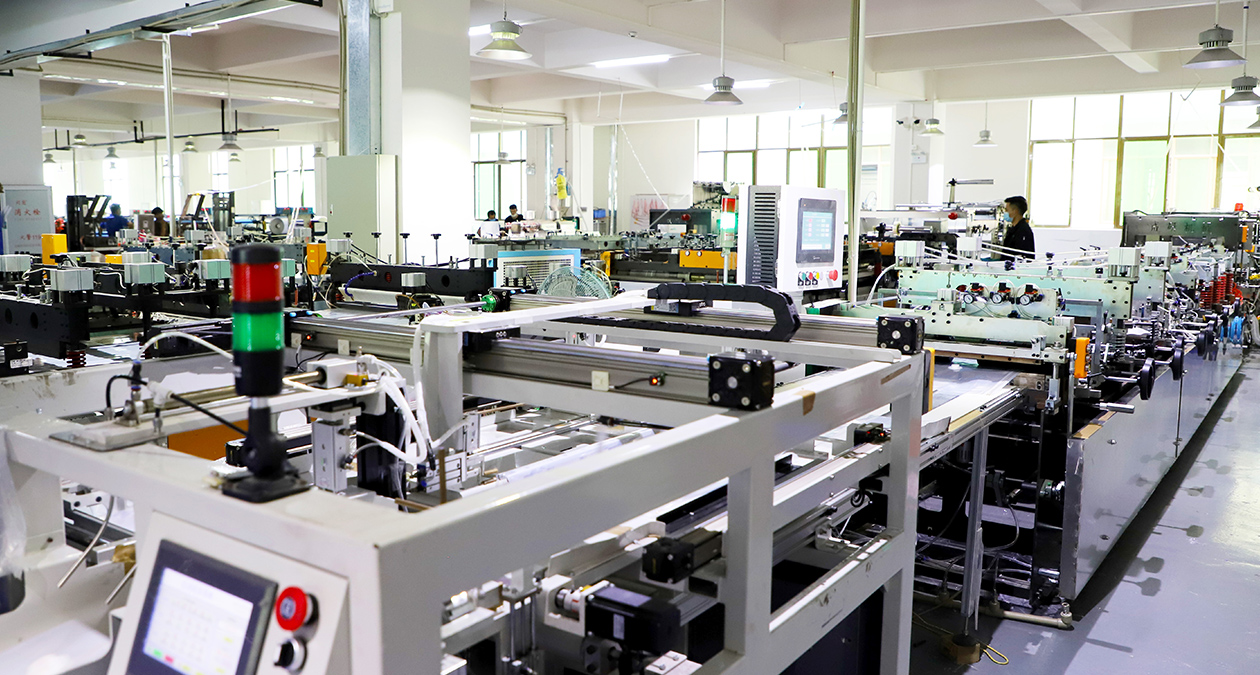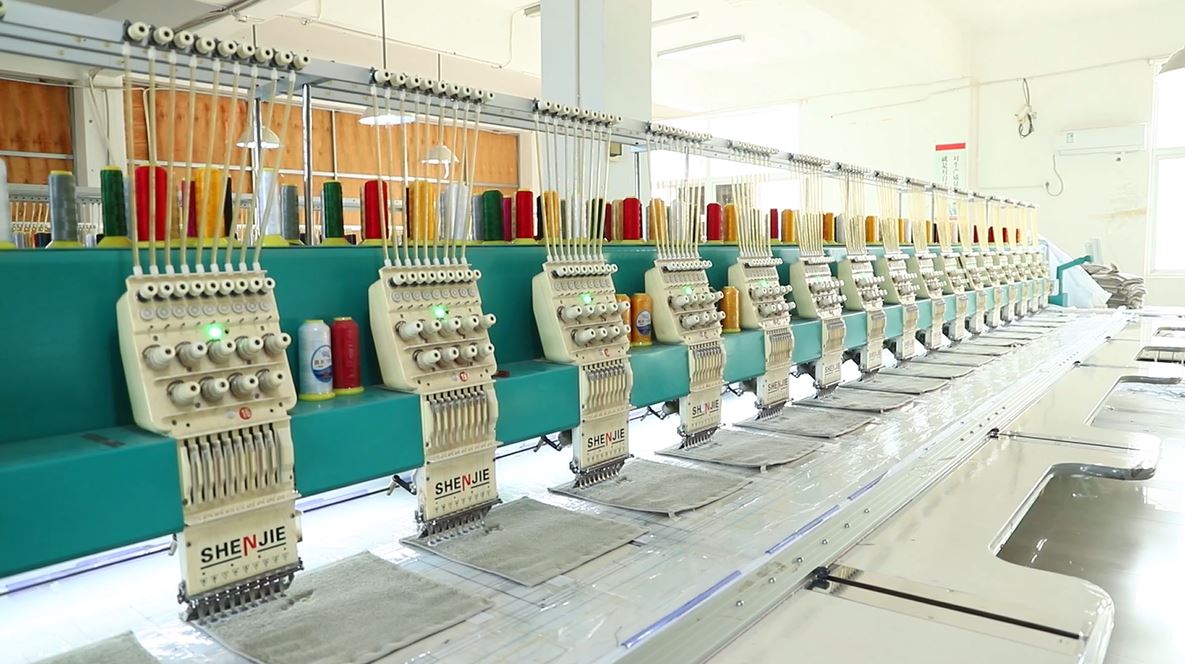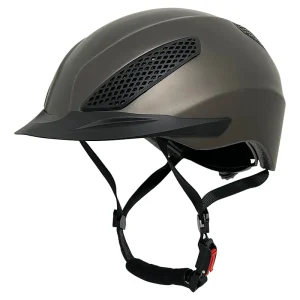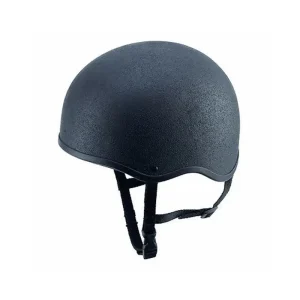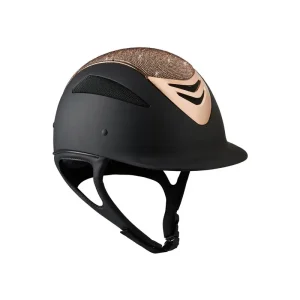A riding helmet, also known as an equestrian helmet, is a critical piece of safety equipment designed to protect horseback riders from head injuries during equestrian activities. Whether you are a novice rider or an experienced equestrian, wearing a riding helmet is essential for your safety. Here are the key features and functions of riding helmets:
- Impact Protection: Riding helmets are specifically engineered to provide protection for the rider’s head in the event of falls, accidents, or unexpected impacts. The helmets are designed to absorb and disperse the force of an impact, reducing the risk of head injuries and concussions.
- Hard Outer Shell: The exterior of a riding helmet is made from a hard shell material, typically polycarbonate, designed to provide structural integrity and resistance to abrasions.
- Impact-Absorbing Liner: Inside the helmet, there is an impact-absorbing liner, often made of expanded polystyrene (EPS) foam. This liner is designed to cushion and distribute the force of an impact, further reducing the risk of head injuries.
- Adjustable Straps: Riding helmets include adjustable chin straps and a retention system to ensure a secure and comfortable fit on the rider’s head.
- Visor or Peak: Some riding helmets come with a visor or peak, which provides shade and protection from the sun, as well as shielding the rider’s face from rain and debris.
- Safety Standards: Riding helmets must meet safety standards and certifications, such as those established by the American Society for Testing and Materials (ASTM) or the Safety Equipment Institute (SEI), to ensure their effectiveness and reliability.
Equestrian sports, including activities like horseback riding, show jumping, dressage, and polo, carry inherent risks. A riding helmet is an essential piece of protective gear that significantly reduces the risk of head injuries. It is important to choose the right helmet for your riding discipline and ensure that it fits properly. Riders should inspect their helmets regularly for any signs of wear and replace them if they are involved in an accident or have been in use for an extended period.
In many countries, there are regulations and guidelines mandating the use of certified riding helmets, particularly for children and young riders. These regulations reflect the equestrian community’s commitment to rider safety and the well-being of those involved in horse-related activities. Whether you’re a casual rider or a professional equestrian, wearing a riding helmet is a non-negotiable safety practice that should never be overlooked.
